Reassess your Chess is now available in India at a special discounted price!
Have you ever reached a position after the opening where you have felt that you are unable to come up with a proper plan or a follow up? Do you feel that you are often unable to accurately assess a position? Well, if you face from issues like this, we recommend that you go for one of the most popular books on chess ever written - "How to Reassess your Chess" by IM Jeremy Silman. This book is now available in the ChessBase India shop at a highly discounted price for all the players in the Indian subcontinent. In this article IM Sagar Shah tells you about his experience of reading this book and how it helped him to become a much stronger player. Understand the contents of the book better.
"Here, Sagar take this book, study it and give it back to me when you are done!" I still remember the scene of taking the How to Reassess your chess book from my first coach Mahesh Ved and walking back towards my house. I held the book in my hand, a bulky 600+ page book. How will I ever finish this was the question on my mind! In any case, I had my dinner, and laid out my chess board and opened the book. This was the first time I was reading a book written by Jeremy Silman. I had no idea that the next seven days were going to change my perception and understanding of chess. Silman's way of writing was enthralling and captivating. It was so intimate that I felt he was sitting opposite me and teaching me the concept of imbalances! I flipped one page after another and finished all of the material given in the book within a week! I went back to my coach's home handed him back the book and told him that I am going to apply what I have learnt from this book in the Pune tournament that was coming up.
At that point in my life, back in 2007, I had an Elo of 2146. By current standards, I would say my strength would roughly translate to around 1800-1900 on the Elo scale. I was good, but I had clear flaws in the way I thought. Often after playing the opening I had no clue about what was needed to be done. If a position was randomly setup in front of me I would not know how to assess the position. Is it good for White, is it good for Black? How should I begin analyzing this? Reassess your chess by Jeremy Silman made all the difference. It gave me tools that helped me look at any position and then try to understand what was going on. Let me illustrate this with the help of an example. This was one of the first positions that I read in the How to Reassess your chess - Third edition.
Saidy vs Silman, 1989
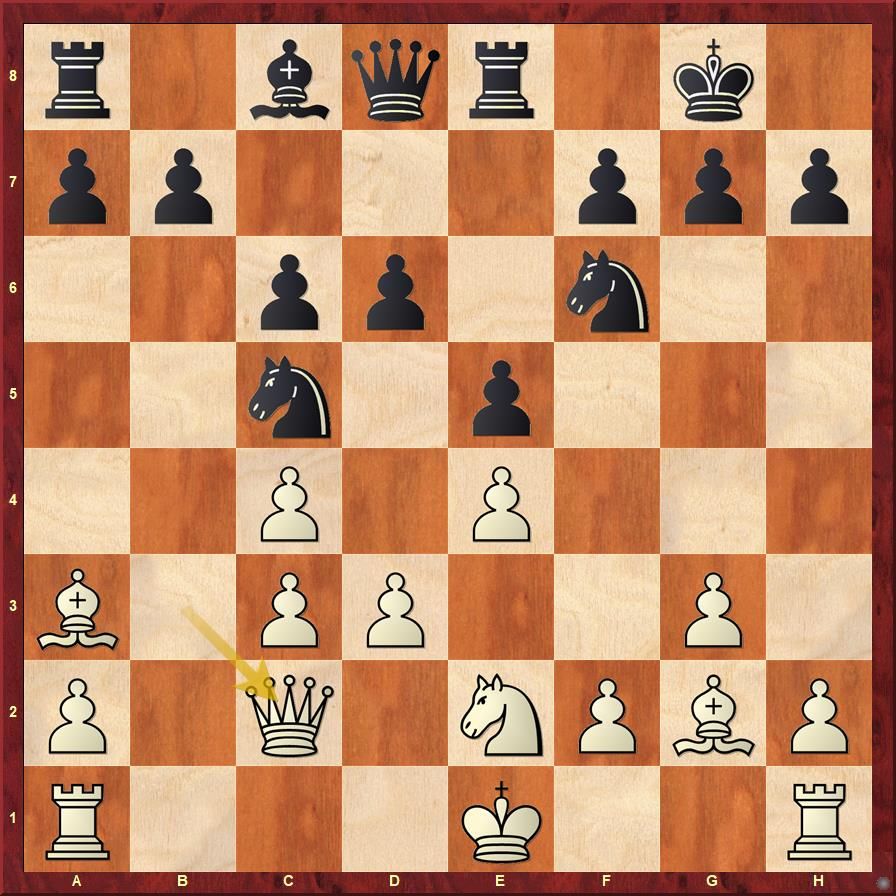
Silman explains in his book as to why Black should not be playing on the kingside or in the centre. He has chances of making a headway on the queenside and hence after quite a bit of explanations, he tells you the best move in the position ....b5! When I saw the move, it shook my foundations of positional understanding. Didn't White just have doubled pawns on the c-file. Then why should Black play ...b5 and undouble them? Well, the point is the after the move cxb5 cxb5, new weaknesses are created in the position. Black can move his bishop to say b7 and then after Rc8 and Na4 attack the c3 pawn. In this way Black has transformed one imbalance to another. I really wanted to understand how to find moves like ...b5 out of the opening. It gave me the motivation to complete the book within a week.
What is an imbalance?
Imbalance is nothing but the difference between White and Black's position. Let's illustrate this with an example:

Which car is better is the question? Well, you cannot really give an informed answer until you try to understand all the imbalances here. While Mercedes looks good on the surface, let's try to find out some of the differences between the two cars. Mercedes is bigger, while Nano is smaller. Mercedes has the higher horse power while Nano's horse power is nothing to be proud about. When it comes to safety features Mercedes has much better ones than Nano. All in all it seems like Mercedes is winning the race of being the better car. However, what is the price differential? While Mercedes costs you nearly Rs. 35-40 lakh, you can get the Nano for as low as Rs. 1.5 lakh. Also if you are driving the car is a city that has a lot of traffic then the Nano will always outperform the Mercedes. If you want to quickly park the car where there is less space, Nano will be more useful. Taking all of these points into consideration you now realize that if you had to go for long distance driving where you need speed and also safety (i.e on the highways) a Mercedes would perform much better than a Nano. But inside the crowded suburbs of Mumbai, Chennai, Kolkata, Delhi or Bangalore where traffic jams are extremely common, a Nano would be a preferable choice! We understood all of this because we logically tried to break down the imbalances (differences) in both the cars.
When you are going to try and understand the imbalances in a chess position, these are the points that you should be keeping in mind:
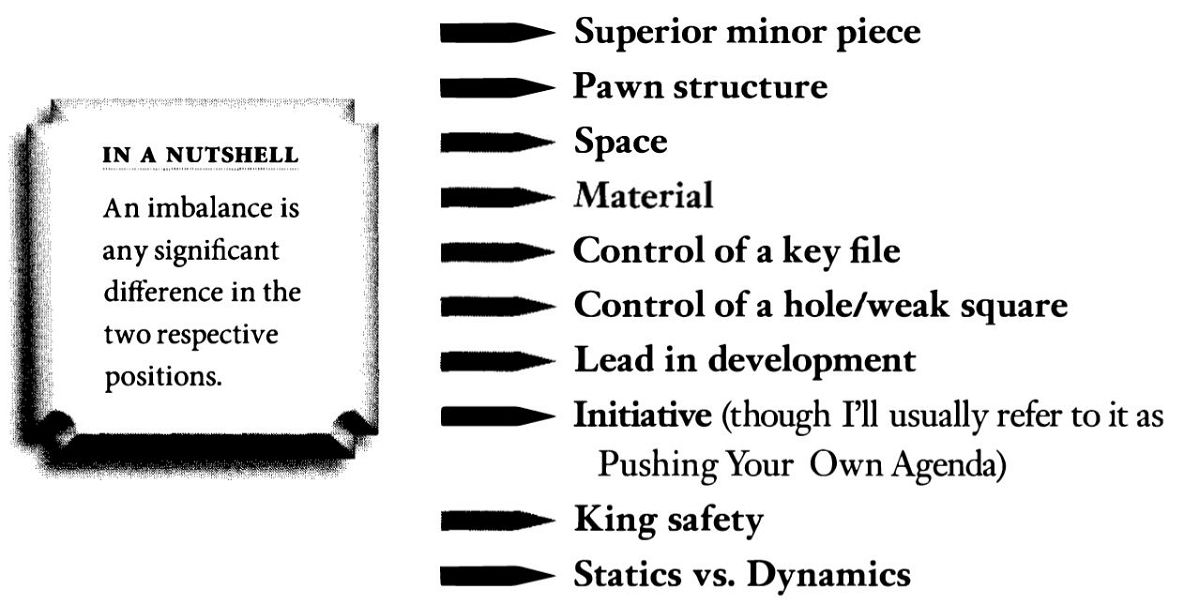
Here is an illustrative example:
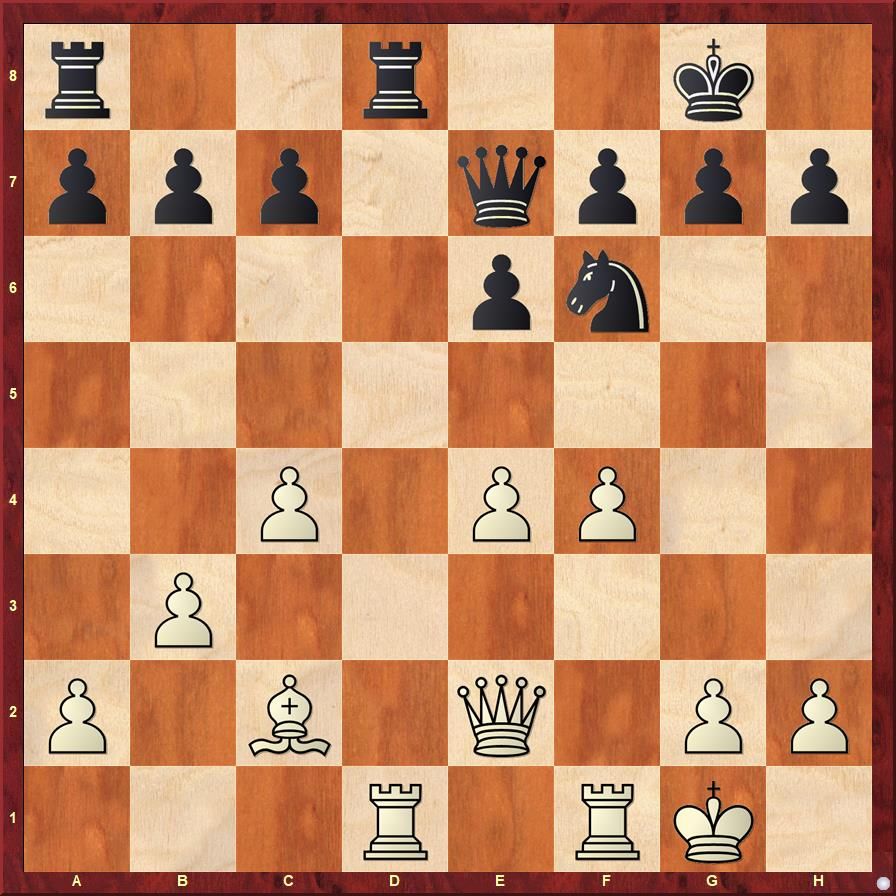
If you look at the imbalances, you will see that White has a bishop in the position as compared to Black's knight. Although material is even, White has some more space. Although there are a few more imbalances in the position, the main one is definitely the bishop versus knight. Once you have understood the imbalances, the next question is how can you make the best use of the imbalances? Here, it would be an ideal time to ask the question - who's move is it? If it is White to move he would play e5! and he is clearly better, because the bishop is now spitting fire on c2. If in this position it is Black to move, then he would do well to stop the pawn on e4 from advancing and hence the right move is ...e5! Now after fxe5 Nd7, the knight will stand beautifully on e5 and the bishop on c2 is not so strong anymore!
So the basic way in which imbalance theory of Silman works is:
1. Try to find the differences/imbalances in any given position based on the ten points given above.
2. Make the best use of the imbalances to your favour to improve your position!
The first tournament where I made use of the Imbalance theory
The first tournament where I made use of the imbalance theory by Silman is quite vivid in my memory. Although it happened nearly 12 years ago, the games were just so different and unique that till this day I can quite clearly recall my feelings in different positions that arose on the board. It was the Jolly Club rating tournament that was held in Pune from the 4th to the 10th of May 2007. Here are a few positions where I show you how reading the book helped me take better decisions.
Sagar Shah vs Snehal Bhosale

List of major imbalances in the position:
1. White has the bishop pair, while Black has two knights
2. White has slightly more space.
3. The d5 square is quite a gaping weakness
If you take the above imbalances into consideration, you will realize that White having the bishop pair would not want to close the position. Bishops thrive in open positions. And hence the move d5 although looks logical would not be any good. After thinking hard for quite some time, I came up with the extremely strong move Bg5! I sacrificed the d4 pawn, but in return get the unstoppable threat of a knight jumping to d5. after Bg5 Nxd4 Nd5 White has a great position and went on to win the game.
Sagar Shah vs Trailokya Nanda
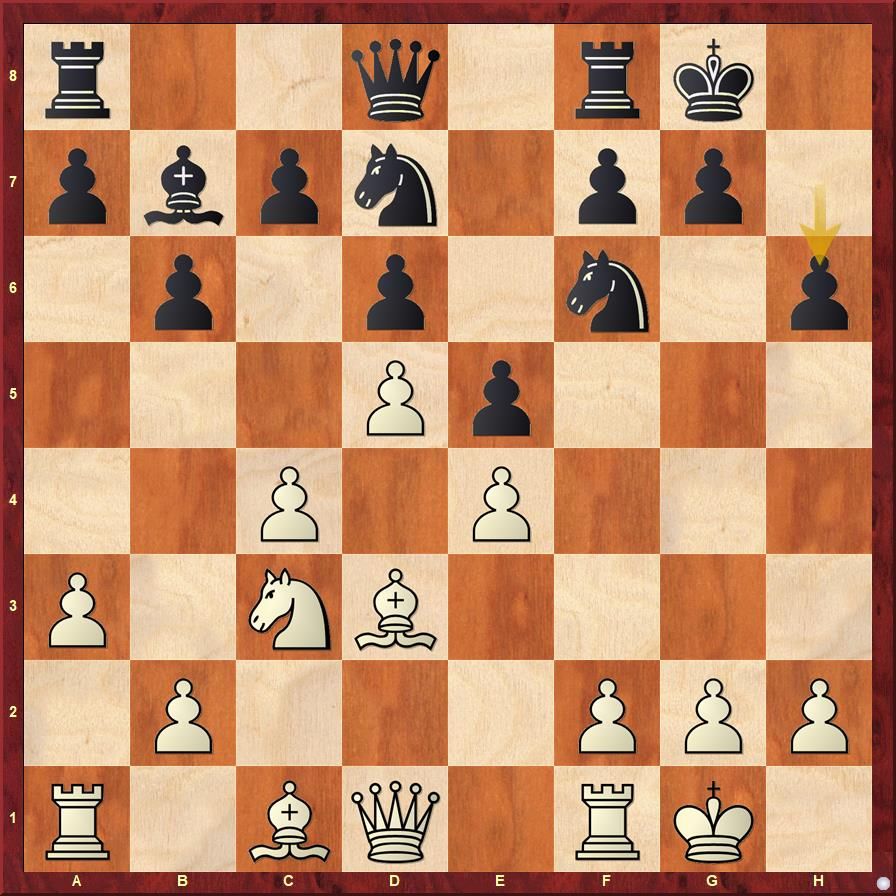
List of major imbalances in the position:
1. White has the bishop pair
2. White has more space.
It is clear that White must open up the position in a few moves so that his bishops can breathe free. The question is whether should you play on the kingside and try for f4 break or should you play on the queenside going for the c5 break. If you read the book, you will come across an important rule - "In closed positions, you usually want to play where your pawn chain points." In this position it is clear that Black's pawn chain is pointing towards the kingside and hence he should be playing on the kingside by preparing the move ...f5. White's pawn chain is pointing towards the queenside (e4-d5) and hence White should be trying to engineer with c5 break with the moves, b4, Be3 and c5. This is exactly what happened in the game and I managed to win it. Even without the book you could have hit upon the b4-c5 idea, but it would take you more time. With the rules, it is easy to remember the pawn pointing theorem and begin your play on the queenside!
Sagar Shah vs CH Sahajashri
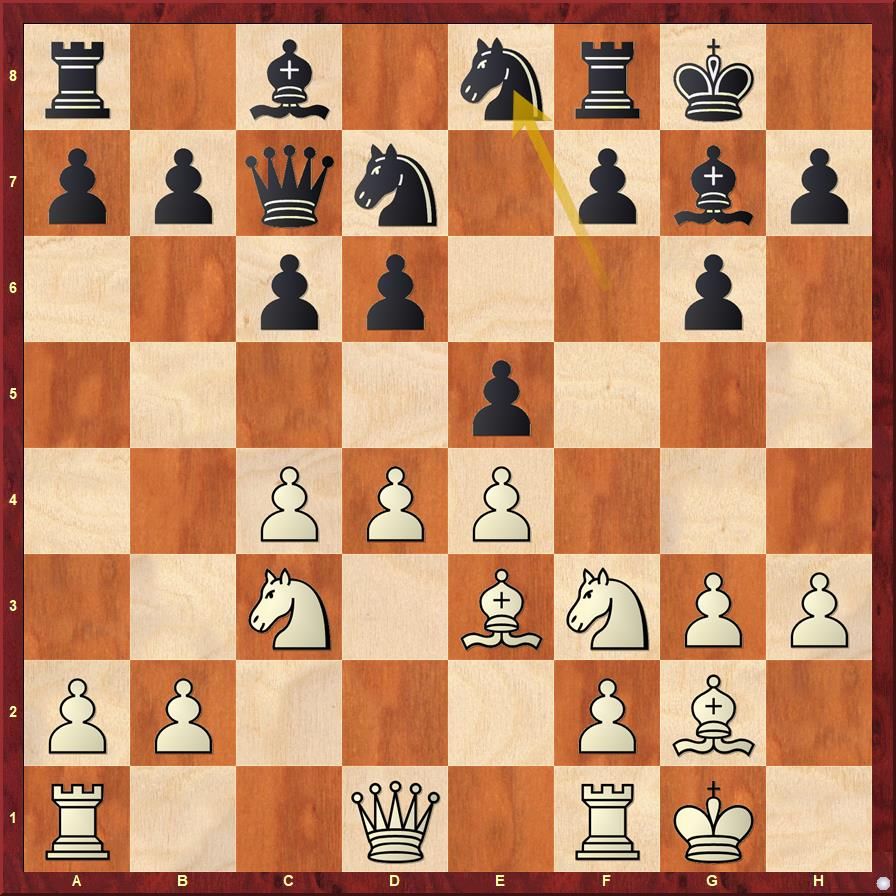
List of Major imbalances in the position:
1. White has more space
2. White has better development
When you have more space, you should refrain from exchanging pieces. When you have better development, you should try and open up the position. The move ...Ne8 by my opponent was clearly pointing towards the fact that she wanted to play ...f5. But positionally this would be wrong because she is behind in development. And when you are behind in development you do not want to be opening up the position! I simply moved my queen to d2. Connected the rooks and when she went f5, my superior developed pieces were all over Black's position. Through the understanding of imbalances, I was very clear that in the above position, I should not be going for the move d4-d5 closing the position as then Black's f5 would gain in power.
Vaibhav Suri vs Sagar Shah
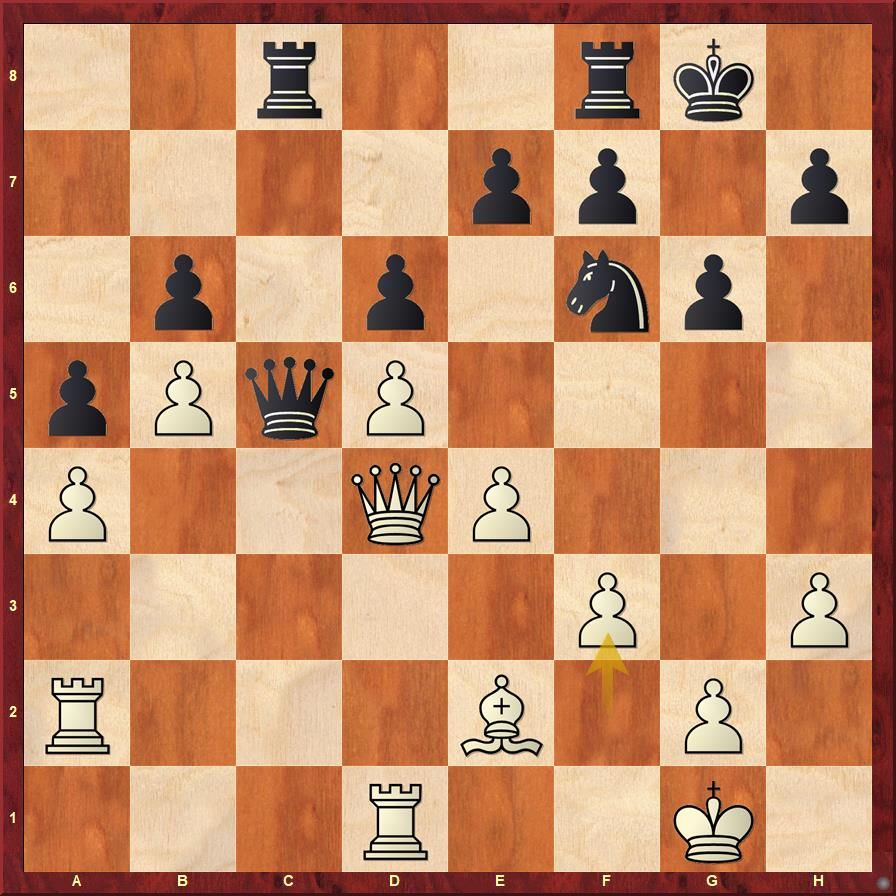
List of major imbalances in the position:
1. Black's minor piece - the knight is much better than the white bishop
2. Black has the control of the only open file on the board - the c-file
3. White has more space, but because three pairs of minor pieces have been exchanged, it is not really a big factor.
Taking all of the imbalances into consideration, I realized that in the upcoming endgame my knight will be superior as compared to the white bishop. Perhaps it is a good time to further reduce the mobility of the bishop. Hence, I played the move ...h5! This move still makes me quite happy when I see it. Black has other moves as well which are equally good as h5, but the idea is to play h5-h4 in the upcoming endgame and to clamp the kingside pawns was not how I was used to thinking before I had read the Reassess book. I had this plan of playing h5-h4, Nh5 followed by g5 and Nf4. In the game it worked out very well and I went on to win.
From the above positions you realize that the job of finding the imbalances is never an easy one. You have to carefully go through all the ten points of imbalances that Silman has asked to contemplate in a position and jot down the most important ones. Sometimes this takes quite a bit of time. But with practice, the time will reduce. In fact you should get so good with it that after a point you don't even need to think about them. The most important imbalances, just come to your mind immediately after seeing the position. As you have also noticed, just finding the imbalances is not the end of the story. you have to find them, and then make sure that you prioritize which are the most important ones. If you can prioritize the most important imbalances and then work with them, then you will see that your results will drastically improve. Focusing on the wrong imbalances in a position would mean coming up with incorrect plans and moves. This is what the book wants to teach you and Silman does this with prose and a lot of test positions.
Content of the book:
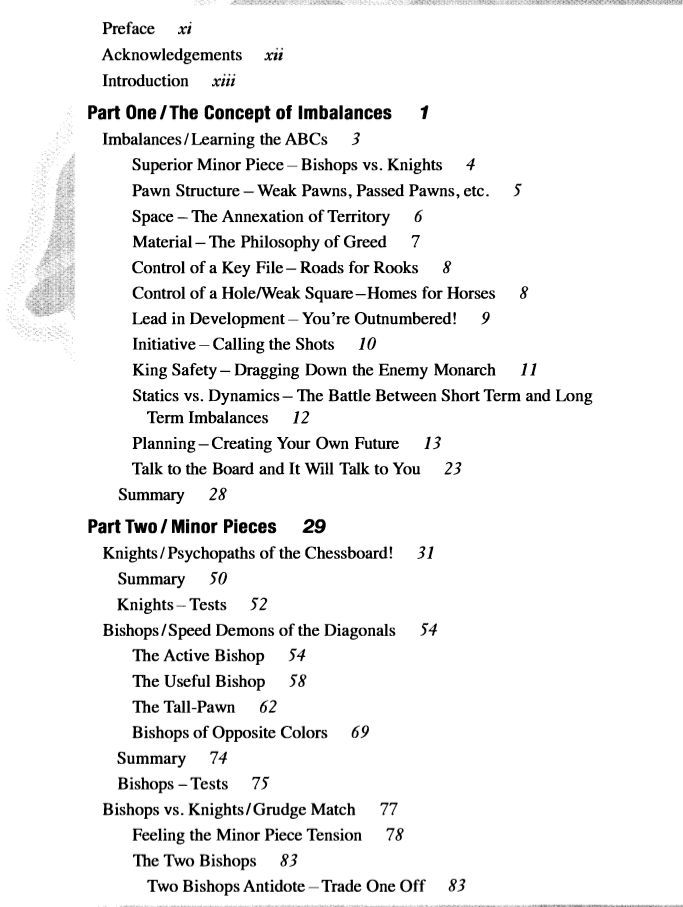
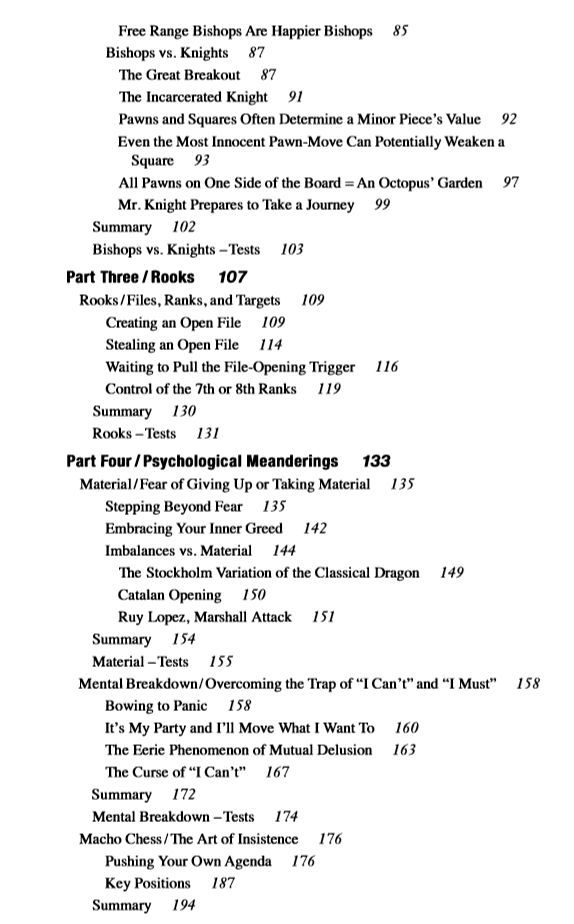
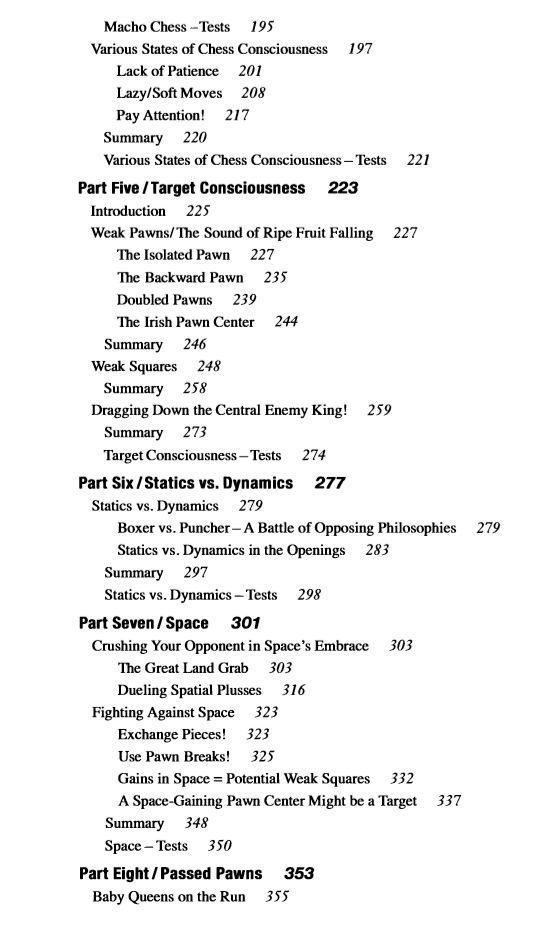
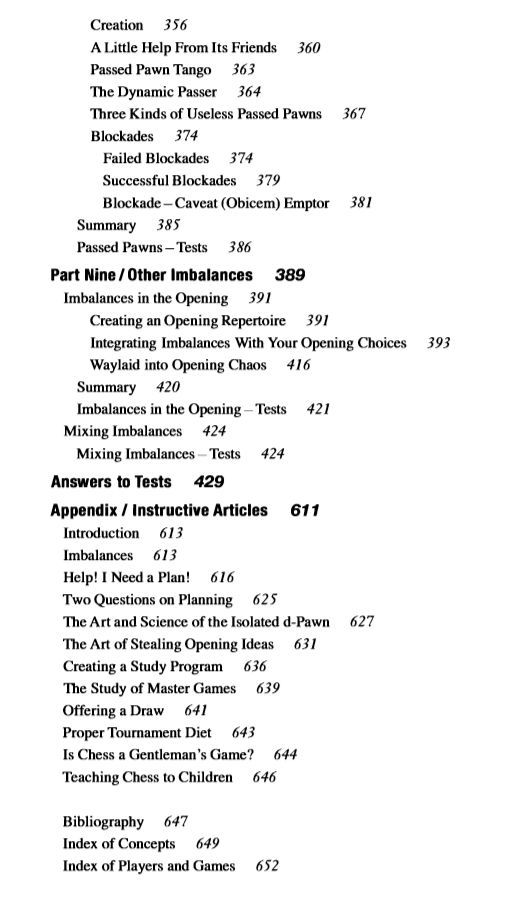
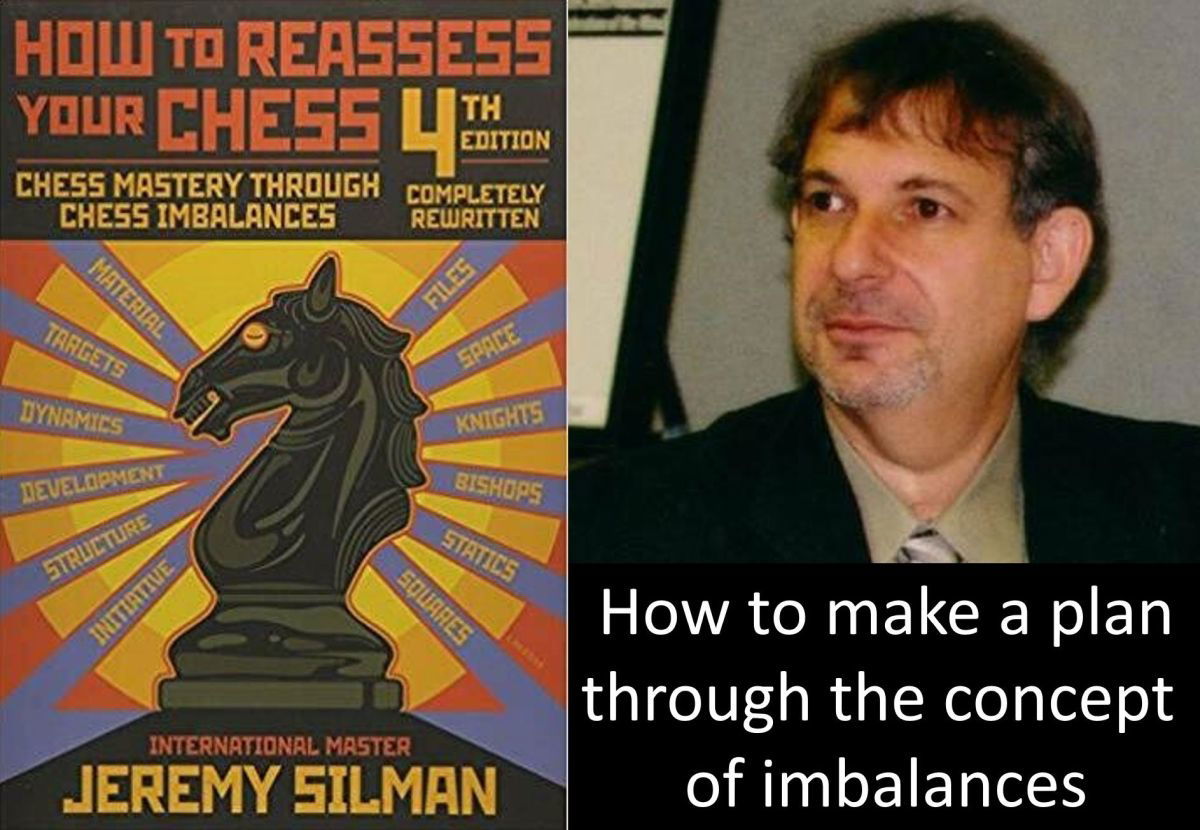
Price and discount:
The cost of Reassess your chess is Rs.1499. It is a 658 page book and quite bulky. But in that same price we will also be shipping the book to you all across the country. Until 4th of August we have a special discount of 10% which is only available if you download the ChessBase India Android App. On the banners in the app, you will find the 10% discount code. This will help you to buy the book for Rs.1350.
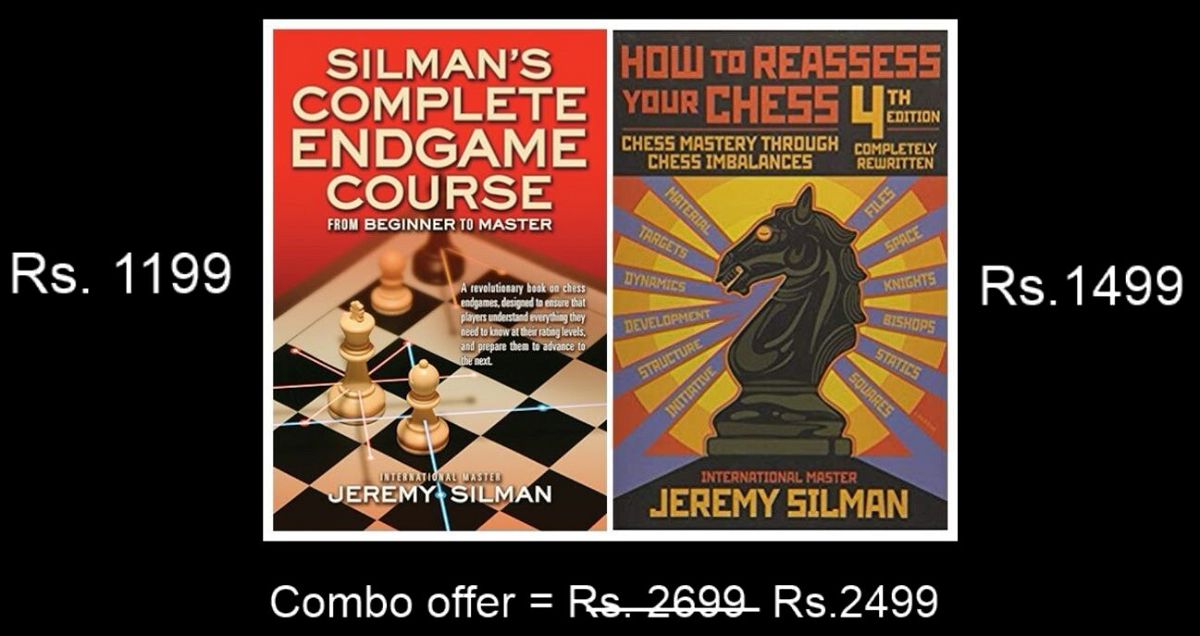
We now have two of Silman's books in our online shop - Silman's Complete Endgame Course is for Rs.1199 and How to Reassess your Chess (4th edition) is Rs.1499. The total cost of it comes to Rs.2699 but if you buy them together you get it at a combo price of Rs.2499. And if you do apply the discount code given in the app, then it will give you a further 10% discount, which will bring the cost down to Rs.2250. Note: the discount will be valid only until the 4th of August.
Buy How to Reassess your Chess by Jeremy Silman
Buy the Combo of Silman's Endgame and How to Reassess your chess
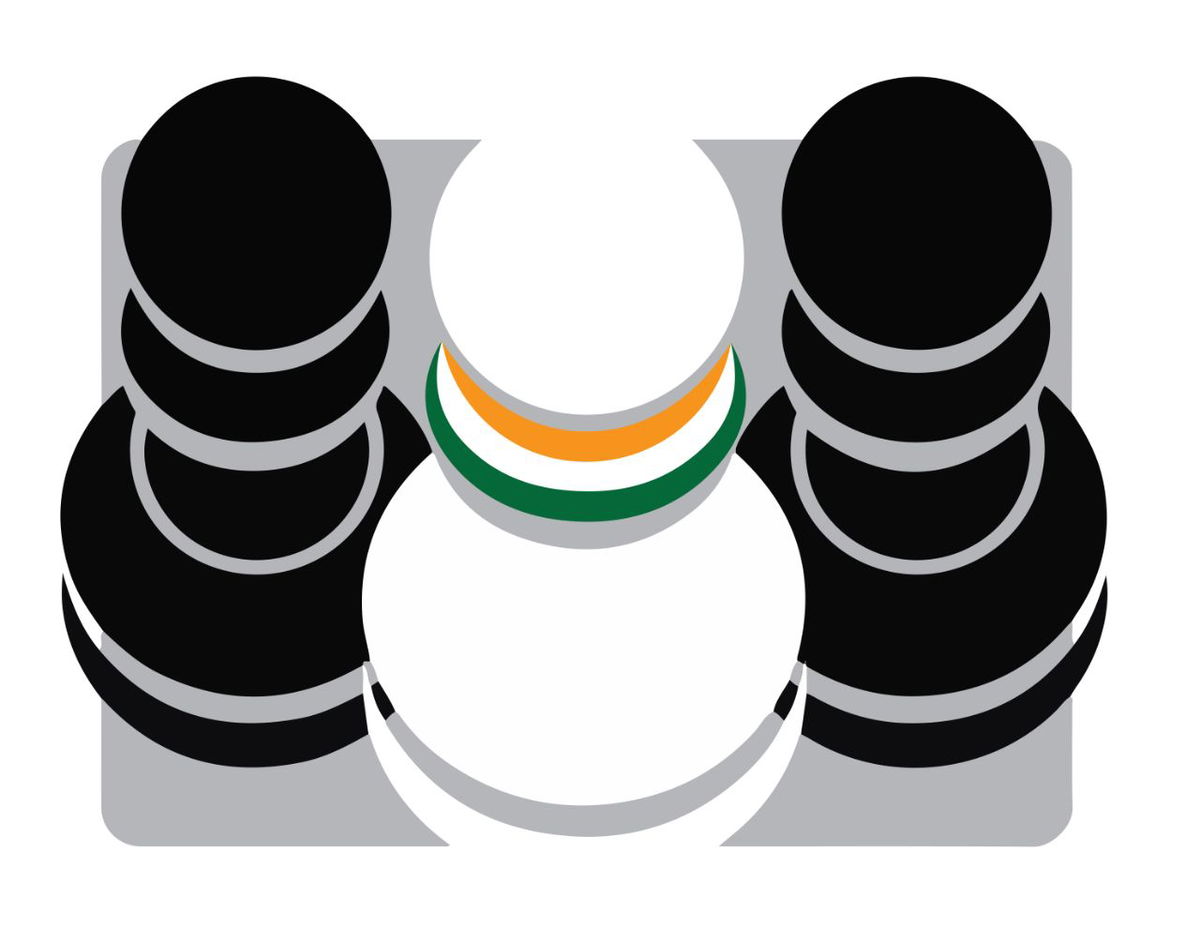
Please note: The fourth edition of How to Reassess your chess by Jeremy Silman is the last and final edition of the book. There will be no further editions coming up and Silman considers this to be comprehensive in nature and has been successful in putting up all his theories and ideas in the book.









